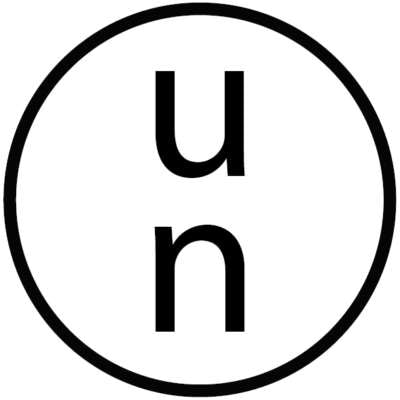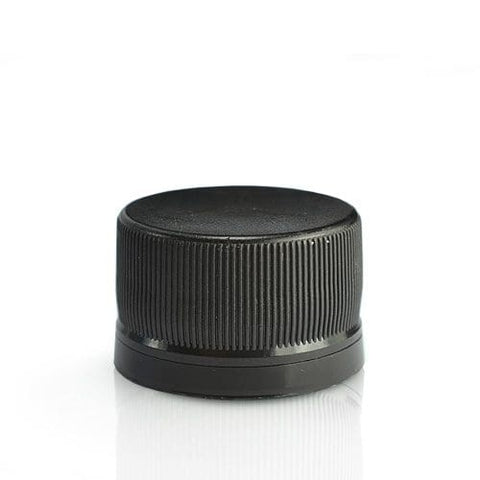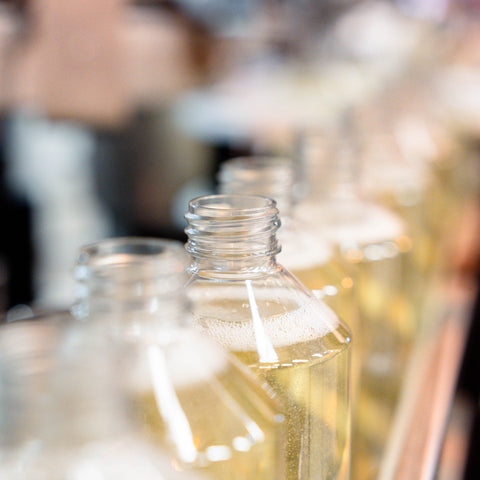Innovation Chem Packaging Deep-Dive Series
1. What “UN-Certified” Really Means
The United Nations Model Regulations on the Transport of Dangerous Goods set the baseline for ADR (road), RID (rail), IMDG (sea) and IATA (air). Any single-pack container carrying a regulated chemical must therefore:
- Pass the performance tests in Chapter 6 of the Model Regulations.
- Carry the embossed or printed UN mark proving that test.
- Be re-validated every five years (IBCs even sooner).
Failing to use certified packaging risks prosecution—and far worse, safety incidents.
2. Anatomy of the UN Mark
Example stamp on a 25 L HDPE jerry can:
UN 3H1/Y1.9/200/GB/25| Element | Meaning |
|---|---|
| 3H1 | Plastic jerry can, tight-head |
| Y | Approved for Packing Groups II & III (medium & minor danger) |
| 1.9 | Maximum specific gravity (SG 1.9) tested |
| 200 kPa | Hydrostatic pressure test passed |
| GB | Country of manufacture authorisation |
| 25 | Last two digits of year of manufacture (2025) |
A leading X instead of Y indicates the pack also withstood Packing Group I tests (1.8 m drop).
3. Performance Tests Every UN Pack Must Survive
| Test | What Happens | Typical Criteria* | Purpose |
|---|---|---|---|
| Drop | Filled pack dropped on weakest points | 1.8 m (PG I), 1.2 m (PG II), 0.8 m (PG III) | Simulates rough handling |
| Hydrostatic | Internal water pressure for 5 min | Up to 250 kPa | Covers altitude & temperature swings |
| Leak-proofness | Air pressure + full submersion | No bubbles for 5 min | Finds pin-holes & weak closures |
| Stack / Compression | Static load for 24-30 days | ≈ 3 m pallet weight | Warehouse safety |
| Vibration | Shaken until 1⁄16 in shim slides under | No leakage or rupture | Road & rail transport |
*Exact criteria vary with material, size & hazard class.
4. Common UN Container Codes for Liquids
| Code | Container Type | Typical Sizes | When to Use |
|---|---|---|---|
| 3H1 | HDPE jerry can (tight-head) | 5 L – 25 L | Most acids, alkalis, detergents |
| 1H1 / 1H2 | HDPE drum (closed / open head) | 30 L – 220 L | Solvent blends, oils |
| 31HA1 | Composite IBC (HDPE bottle in steel cage) | 1000 L | Bulk PG II / III liquids |
| 4G | Fibreboard box + inners | Various | Lab samples, limited quantities |
5. Selecting the Right UN Jerry Can (5 L – 25 L)
| Size | Neck / Closure | Typical UN Mark | Ideal Use-Case |
|---|---|---|---|
| 5 L | DIN 51 TE / vented | 3H1/Y1.4/200 | Workshop concentrates |
| 10 L | DIN 61 TE | 3H1/Y1.6/200 | Mobile valeting chemicals |
| 20 L | 61 mm buttress | 3H1/Y1.9/200 | Trade-sized degreasers |
| 25 L | 61 mm buttress | 3H1/Y1.9/200 | Export of PG II acids via IMDG |
Note: Changing the specified closure (e.g., adding a dosing tap) invalidates the approval unless the pack is retested.
6. Barrier & Compatibility Upgrades
- In-mould fluorination: Reduces solvent permeation (e.g., d-limonene) by up to 80 %.
- Multi-layer HDPE-EVOH: Adds oxygen barrier for bleach & peroxide.
- PCR-HDPE (≥ 30 %): Meets UK Plastic Packaging Tax and can still pass UN tests.
7. Sustainability & Re-Use Rules
UN jerry cans are certified for single trip, yet many supply chains refill them. ADR 6.1.4 allows reuse if:
- The container passes a visual inspection and leak test before each refill.
- The manufacture date (embossed on the base) is within the lifespan specified by ADR.
Closed-loop schemes wash, re-test and eventually granulate worn packs into PCR resin—closing the material loop while retaining UN pedigree.
8. Quick Selection Checklist
- Identify the Packing Group (X, Y, Z) from your SDS.
- Check liquid specific gravity & vapour pressure; mark must equal or exceed.
- Choose the smallest viable size to reduce void space and shipping class.
- Match the closure & venting exactly to the certificate.
- Request the test report and five-year re-validation schedule from your supplier.
9. Key Take-Aways
- UN certification is your licence to ship dangerous goods worldwide.
- Decode the mark to confirm the pack matches your hazard profile.
- Drop, pressure and vibration tests guarantee survival from factory to end-user.
- Barrier upgrades (fluorination, EVOH) extend compatibility without new container designs.
- Keep certificates on file and plan re-testing well before the five-year expiry.
Need guidance sourcing fluorinated 3H1 jerry cans or interpreting a UN mark? Contact the Innovation Chem packaging team—we’ll translate regulatory jargon into a container that just works.



